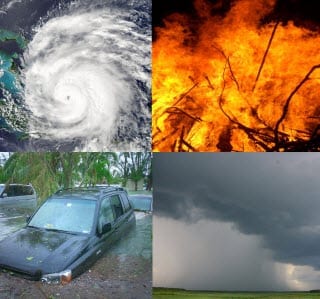Models enable insurers to predict future events and their impact
The global insurance industry has long been keen to make note of the changes in the world that could affect its exposure to risk and financial loss. Over the many decades of its existence, the insurance industry has become quite proficient at predicting the future and adapting according to the dangers it foresees. This is largely due to the advent of predictive models, a tool used throughout the industry to calculate risk and price coverage accordingly. These models were the subject of the Casualty Actuarial Society Spring Meeting, which was recently held in Phoenix, Arizona.
Predictive models allow insurers to adequately price coverage
As a whole, the insurance industry has had to struggle with drastic, sometimes sudden changes to regulations, government policies, and risks associated with natural disasters and environmental trends. Predictive models, which are often called generalized linear models (GLMs), have become the standard for insurance companies around the world. GLMs are used to foresee the possible risks a particular sector may face by accounting for the various problems that may arise in the particular area of the insurance industry. Once equipped with this knowledge, insurance companies can price policies in a way that will ensure their continued solvency and service to consumers, as well as their own profits.
Models could be valuable for other industries
Predictive models are largely considered to be a powerful pricing tool by many in the insurance industry. Claudine Modlin, senior consultant for Towers Watson, spoke during the Spring Meeting and touched upon how predictive models could be used beyond the realm of pricing. Modlin suggests that GLMs can be used to solve businesses problems in a number of industries. These models could, potentially, be used to help companies manage their risk more effectively, thus cutting down on their own insurance and operational costs. Models could also be valuable in t he marketing and research industries, as they provide a strong framework for engagement and adaptation.
Success of models could be replicated if used by others
The insurance industry has thrived in the advent of predictive models. This success could be mimicked by other industries, many of which have been struggling to recover in a turbulent economy.

